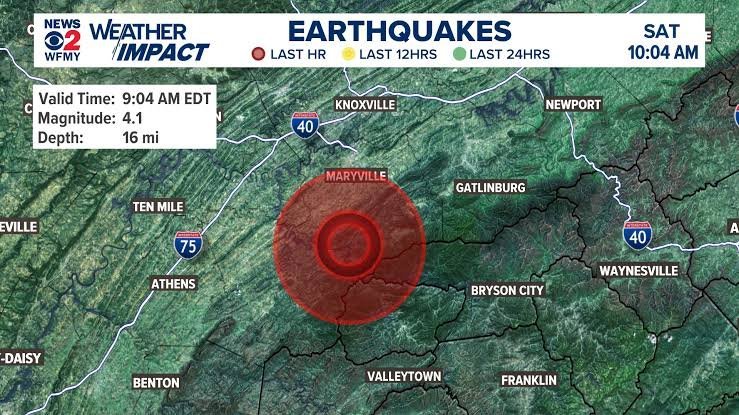Recent North Carolina OBX Earthquake: An Overview
In the early hours of [insert date], residents and visitors along North Carolina’s Outer Banks (OBX) experienced a sudden and startling event: an earthquake registering [insert magnitude, e.g., 4.2] struck the region. Though earthquakes are relatively rare in this area compared to other parts of the United States, the event has garnered significant attention due to its unexpected nature and potential implications.
**The Earthquake Event**
According to the United States Geological Survey (USGS), the earthquake occurred at approximately [insert time], with its epicenter estimated to be near [specific location, e.g., Nags Head, or a general area like offshore or inland]. The quake’s magnitude was reported as [magnitude], which classifies it as a light to moderate tremor. The depth was approximately [depth in km], indicating that the seismic activity was relatively shallow, which often results in more noticeable shaking at the surface.
**Seismic Context in the Region**
The North Carolina coast is not typically known for frequent or large earthquakes. The region lies within the Eastern North America Seismic Zone, which is less active than the Western U.S. but still capable of producing damaging events. Historically, notable earthquakes in North Carolina include the 1916 Randolph County quake and the 2011 Virginia earthquake that was felt across several states. The recent event near OBX adds to the understanding that even regions with lower seismic activity can experience significant tremors.
**Impact on the Community**
Initial reports suggest that the earthquake caused minor to moderate shaking across the Outer Banks and surrounding areas. Some residents reported feeling the tremor as a sudden jolt or swaying sensation, especially in taller buildings or structures on stilts. Fortunately, there are no immediate reports of injuries or fatalities. However, there have been some reports of minor property damage, such as cracked walls or fallen objects, primarily in older buildings.
In response, local authorities and emergency services have activated their protocols to assess the situation. Schools, businesses, and government offices conducted safety inspections, and residents were advised to remain alert for aftershocks, which often follow a primary quake.
**Geological and Structural Considerations**
The region’s geological makeup influences how seismic waves propagate and the potential for damage. The Outer Banks consists of barrier islands primarily composed of sand and sediment, which can amplify seismic shaking. The shallow depth of the quake likely contributed to the widespread feeling of the tremor.
Scientists are examining the event’s specifics to understand its cause. While the region is not associated with active fault lines like California, it is still susceptible to intraplate earthquakes caused by stress accumulation in the Earth’s crust. Some hypotheses suggest that the quake may have resulted from natural tectonic processes or reactivation of ancient faults.
**Potential Aftershocks and Future Risks**
Seismologists warn that aftershocks could follow the main event, potentially causing additional damage. The likelihood of significant aftershocks diminishes over time, but residents are advised to stay vigilant. Although the immediate risk of a major aftershock is low, the event underscores the importance of preparedness, especially in areas not accustomed to frequent seismic activity.
**Preparedness and Safety Tips**
The recent earthquake serves as a reminder for coastal communities to review their earthquake safety measures. Recommendations include securing heavy objects, creating emergency kits, and establishing communication plans. While earthquakes are less common than hurricanes or tropical storms in the region, being prepared can mitigate risks.
**Broader Implications**
This event emphasizes the importance of ongoing seismic monitoring in the southeastern United States. It also highlights the need for communities to incorporate earthquake preparedness into their disaster response plans, even in areas traditionally considered low risk.
**Conclusion**
The recent earthquake near North Carolina’s Outer Banks marks a significant seismic event for the region. While the immediate impacts appear manageable, it raises awareness about the seismic vulnerabilities of the area. Ongoing research, monitoring, and preparedness are vital to ensure community safety and resilience against future seismic events.






